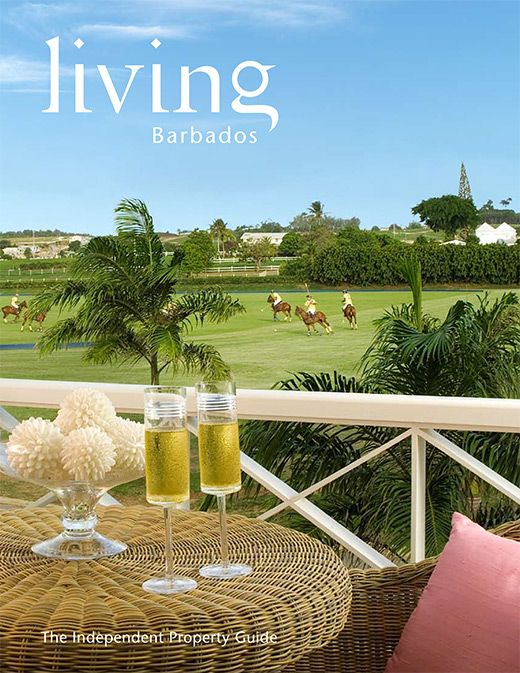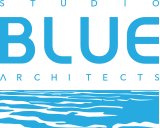Interesting
Reading.
Building Green: Having the right environmental approach to all the necessary steps of building

An interview with Neil Hutchinson of Studio Blue Architects Inc & David Porter of Environmental Solutions International Inc.
In the last 20 years, green building principles have become increasingly incorporated into commercial buildings by companies conscious of the bottom line. Recently it has become a real estate trend in North America to buy older commercial buildings and renovate them into green buildings – the prediction is that green commercial space will get higher rents as the demand rises.
There is an economics about it – say you wanted to build a large commercial building and it needs to have a lifespan of 50 years. The conventional market cost could be at $5 Million. The operational costs that you might pay over the next 50 years of that could be anywhere near $50 Million. And this is where the green advantage comes in: if you were to spend more on designing that building and improving its energy efficiency, your building cost would now be $15 Million and you could spend anything under $30 Million in operational costs over the next 50 years. Green Building can save anywhere between 10% and 40% in utility costs each year.
Green Building is about producing buildings that are designed, built, renovated or operated in a resource efficient manner. Take your construction site for example. On average 1/6 of the construction material used in the building of your home ends up in a landfill. In a country such as Barbados that is experiencing such a massive construction boom there must be more of an effort to control the waste.
Consider the building that already exists on your site. Make use of what is already there – salvaged bricks, lumber, or plumbing fixtures. Demolishing the building already leaves you with an exceptional amount of waste and most construction waste goes directly into landfills. Part of green building is reusing and reclaiming. The steel from the structure can be sold to be recycled (a growing business) and the remaining concrete can be processed to go into the foundation of your new home. This is what green building is all about – having the right environmentally friendly approach at all the necessary steps of building.
One aspect of green building is to build on land that is already developed as opposed to virgin land. After site selection, the idea is to plan around the natural environment – meaning instead of stripping the property, build around the natural vegetation. When you cannot build around the trees and must remove one – plant two more to replace what has been lost. In effect any shade provided by trees and natural vegetation reduces the direct sunlight on your home and therefore keeps things cooler. Neil Hutchinson from Studio Blue Architects says that home owners should reinterpret the plantation style building. Homes like that were built to face the Caribbean elements, the many jalousie windows and large overhanging veranda roofs were to combat the heavy tropical showers and intense heat.
The consumer concerns of sustainable building is the high upfront cost and the fear of losing a lifestyle. Chris Walker from Solid Rock Developments and Pierre Tatem from Tatum Architects are part of a team (is) aiming to build the first LEED (Leadership in Energy and Environmental Design) certified development in Barbados. St. Elizabeth Villas (5 Units in St. Joseph) will be a world class luxury and green development. They will be deconstructing the building that already exists on the site and plan to recycle the materials. They will be building five 3,000sqft units on a 15,000sqft piece of land – but only using 20% of the land by building up instead of out. Walker is clear that there will be no sacrifice of lifestyle here, and that he feels that instead of building a development with amenities he is building one with benefits. The green home can be more comfortable, healthier and safer, with the added bonus of lower operational costs.
The trend towards energy-saving materials and products should be evident in almost every aspect of construction. Glazed and tinted windows reflect heat. In Barbados Talius offers Habitat screens. These screens are designed to absorb the sun’s heat and glare and protect from the harmful rays before it reaches the glass.
Think about water-conserving plumbing fixtures. Why flush perfectly clean water down the toilet? Install low flush toilets. Older toilets use up to 7 Gallons for one flush. Low flush or dual flush toilets use 1.6 Gallons. Look in to the use of gray water. Your waste water from your sink, showering or washing machine can be recycled and used for irrigation for your garden.
David Porter from Environmental Solutions International Inc represents several Monodraught products (www.monodraught.com) that are energy free. His firm specialises in solutions to energy and waste management problems. Monodraught products such as Windcatchers and Sunpipes do exactly as their name suggests. Sunpipes are highly reflective “tubes” and are installed into rooftops (or even the vertical walls of your home), channelling light to your indoor areas and providing light even in overcast weather. Windcatchers provide natural ventilation and are ideal for commercial buildings (some have been installed in the Cheapside Market in Bridgetown). They are designed to capture the cooler prevailing wind and channel out the hotter air. According to the product information – windcatcher installation costs are usually less than the installation of air-conditioning and there are no running costs. Other products include the Solavent which combines the Sunpipe and the Windcatcher in one apparatus.
More and more people are asking about building green. When buying a home ask about and assess the home’s energy efficiency. The initial high start up costs has to be seen as an investment. Investment in renewable energy has to be looked upon as if you are purchasing your energy use upfront for the next 10 or 15 years.
Did you know?
Green Tax Break:
In Barbados, there is a $10,000 BDS deduction that covers expenditure for mortgage interest, insurance premiums, house repairs, renovations, and energy saving or water saving devices. In the recent 2007 budget this $10,000 was increased to $15,000 and is designed to accommodate the cost of the installation of Green Products.
Visit the Solar House:
Check out the Solar House located near Queens Park, Bridgetown. Recently opened and with over 20 exhibits to see, the Solar House is worth checking out. The house is powered by Photovoltaic panels that charge 12 deep cycle batteries. See green building practices such as sunpipes, solar powered fans, and insulated roofs and walls. The Solar House is open from 9:30am to 1pm and then 2pm to 3pm on weekdays. A Technician is on site Tuesdays and Thursdays to answer your questions and admission is free.
Start saving on your electricity bills tomorrow:
Change your light bulbs. CFL (Compact Fluorescent Light bulbs) are designed to fit in the same space as the incandescent light bulb (probably what you use in your home now). CFLs last a lot longer and use less energy. CFL’s cost more than the average incandescent light bulb but the fact is that you replace them less often and save on your electricity bills. CFL’s are available at most hardware stores.





